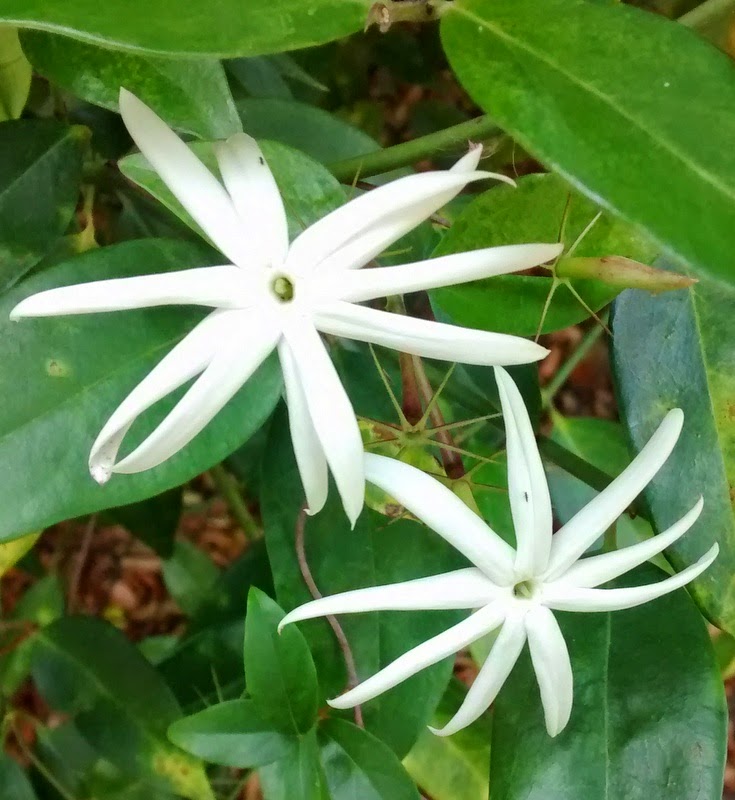 |
| Photo by Gary Bendig on Unsplash |
Introduction by Ted Kooser: In our busy times, the
briefest pause to express a little interest in the natural world is
praiseworthy. Most of us spend our time thinking about other people, and
scarcely any time thinking about other creatures. I recently co-edited an
anthology of poems about birds, and we looked through lots of books and
magazines, but here is a fine poem we missed, by Tara Bray, who lives in
Richmond, Virginia.
Once
I climbed the roll of hay to watch the heron
in the pond. He waded a few steps out,
then back, thrusting his beak under water,
pulling it up empty, but only once.
Later I walked the roads for miles, certain
he’d be there when I returned. How is it for him,
day after day, his brittle legs rising
from warm green scum, his graceful neck curled,
damp in the bright heat? It’s a dull world.
Every day, the same roads, the sky,
the dust, the barn caving into itself,
the tin roof twisted and scattered in the yard.
Again, the bank covered with oxeye daisy
that turns to spiderwort, to chicory,
and at last to goldenrod. Each year, the birds—
thick in the air and darting in wild numbers—
grow quiet, the grasses thin, the light leaves
earlier each day. The heron stood
stone-still on my spot when I returned.
And then, his wings burst open, lifting the steel-
blue rhythm of his body into flight.
I touched the warm hay. Hoping for a trace
of his wild smell, I cupped my hands over
my face: nothing but the heat of fields
and skin. It wasn’t long before the world
began to breathe the beat of ordinary hours,
stretching out again beneath the sky.
American Life in Poetry is made possible by The Poetry
Foundation (www.poetryfoundation.org), publisher of Poetry magazine. It is also
supported by the Department of English at the University of Nebraska, Lincoln.
Poem copyright ©2006 by Tara Bray, and reprinted from her most recent book of
poems, “Mistaken for Song,” Persea Books, Inc., 2009, by permission of the
publisher. Introduction copyright © 2010 by The Poetry Foundation. The
introduction’s author, Ted Kooser, served as United States Poet Laureate
Consultant in Poetry to the Library of Congress from 2004-2006. We do not
accept unsolicited manuscripts.
































